Scotland - Carrbridge 🏴
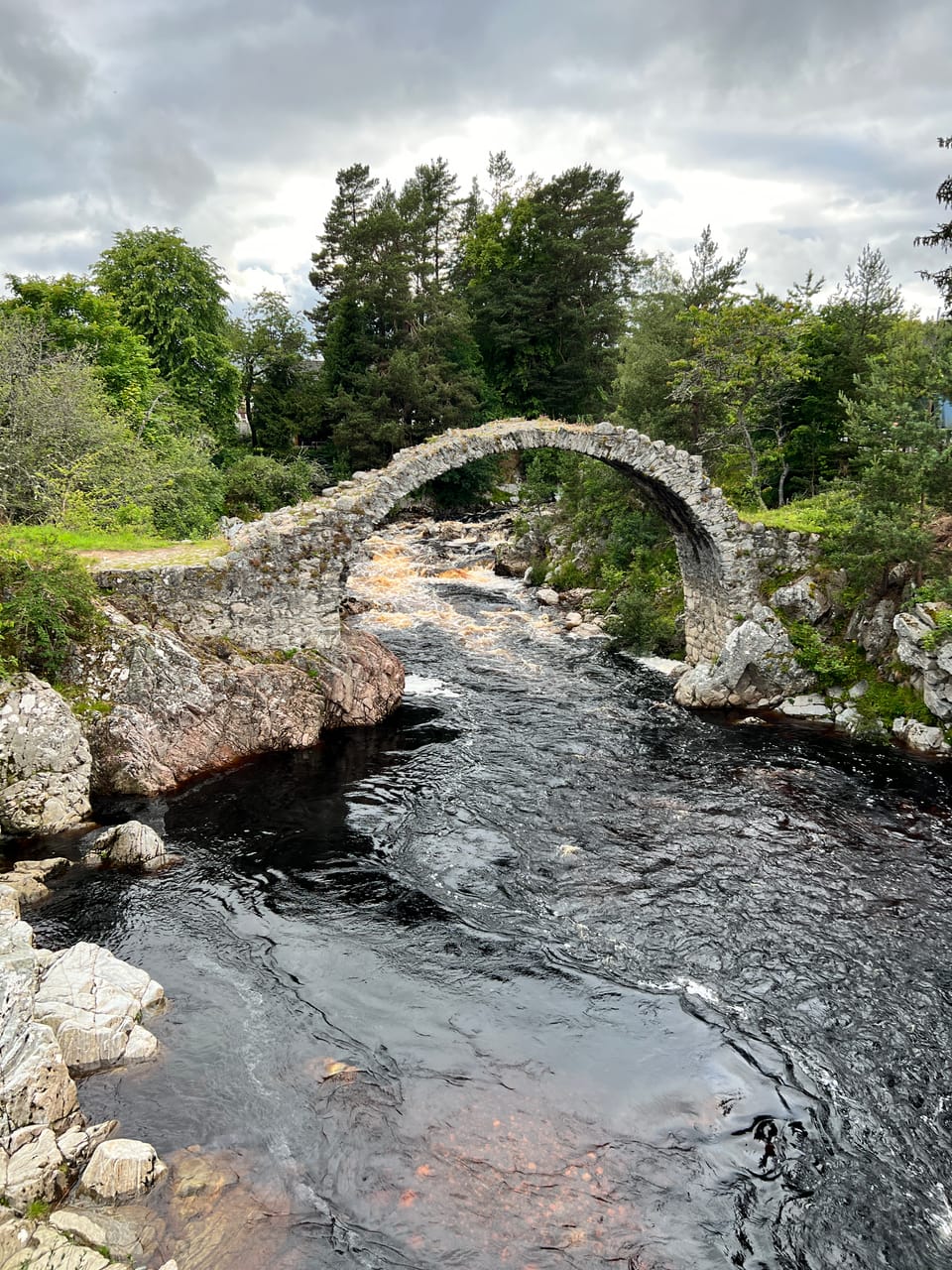
We used Carrbridge as a satellite location and ventured out from there for a day of exploring. We had lovely hosts at the Airbnb who started our day with helpful tips and homemade filled rolls which are buns filled with eggs, sausage, tomato, mushrooms and/or bacon. Delicious!!
Our first adventure of the day was finding a good place to fly the drone so that we could capture the beautiful scenery. We found success on a small, one lane country road and got some great footage.
From there we travelled north to the Elgin Cathedral and received an informative introduction to the history of the Cathedral. Begun in 1224, Elgin was the principal church of the bishops of Moray. It lost its roof shortly after the Protestant Reformation of 1560, and later its central tower fell. But the cathedral’s fortunes began to change when it became a visitor attraction in the early 1800s. We were able to roam around at our own pace and view the numerous displays.


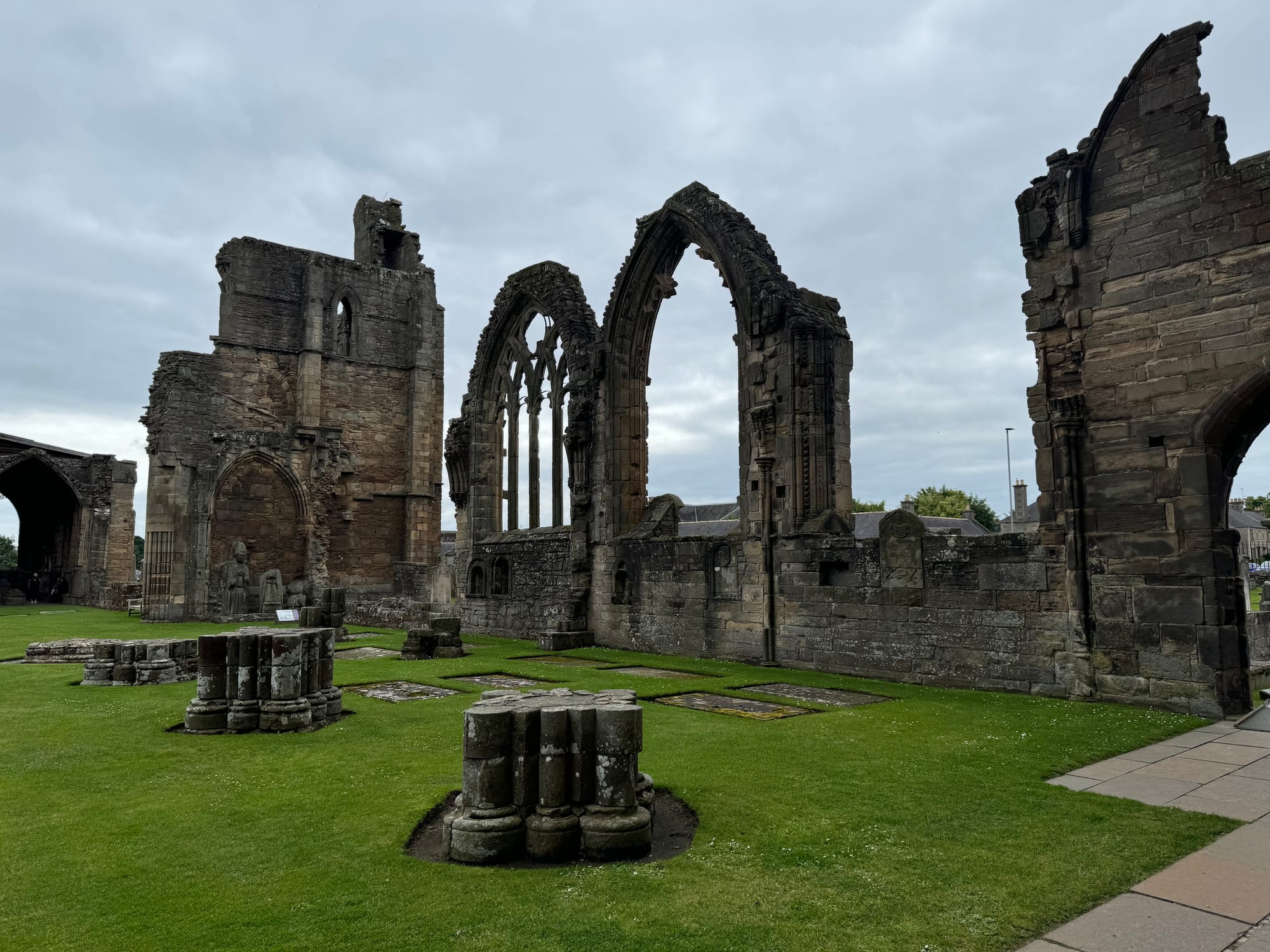
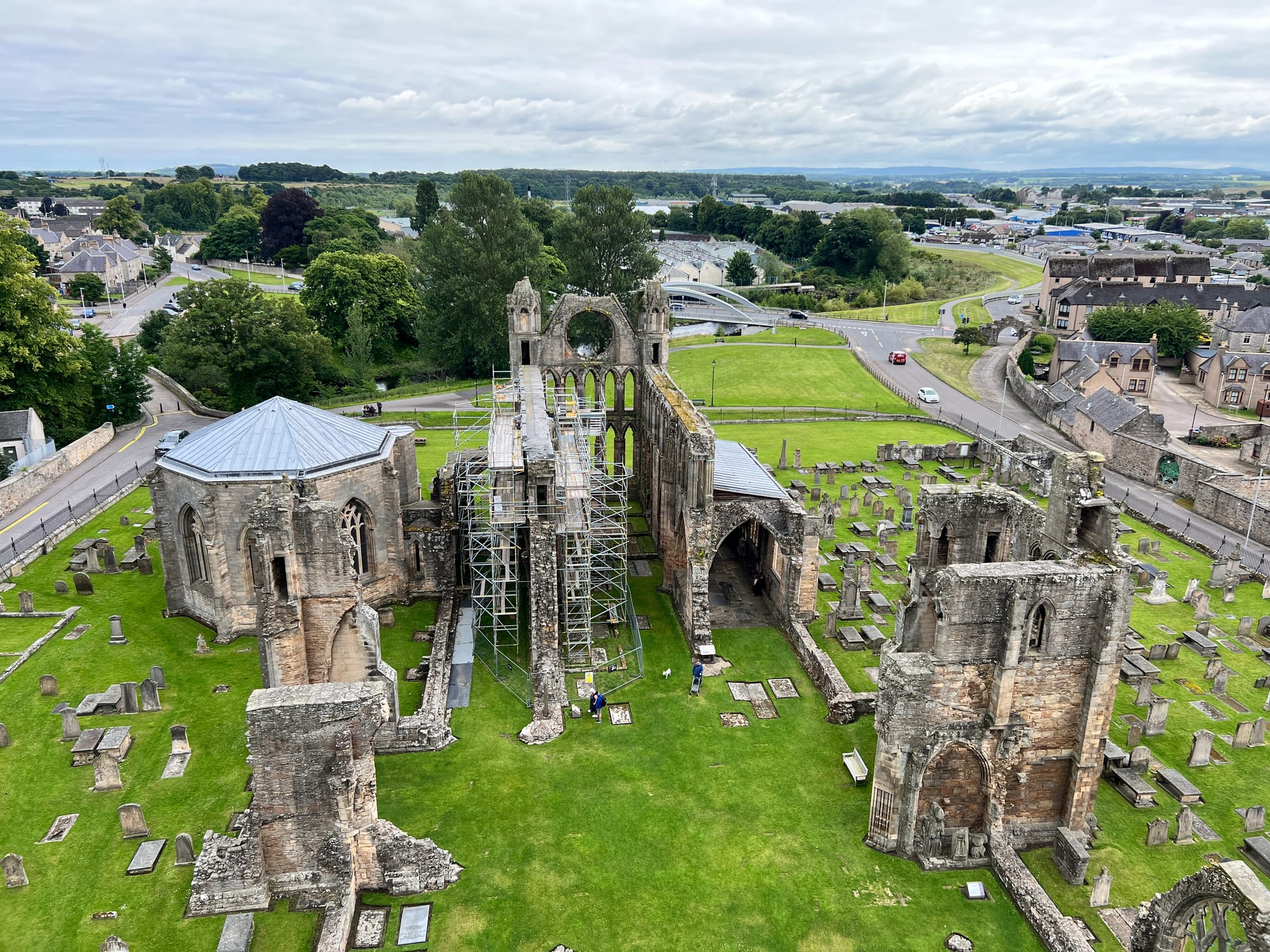



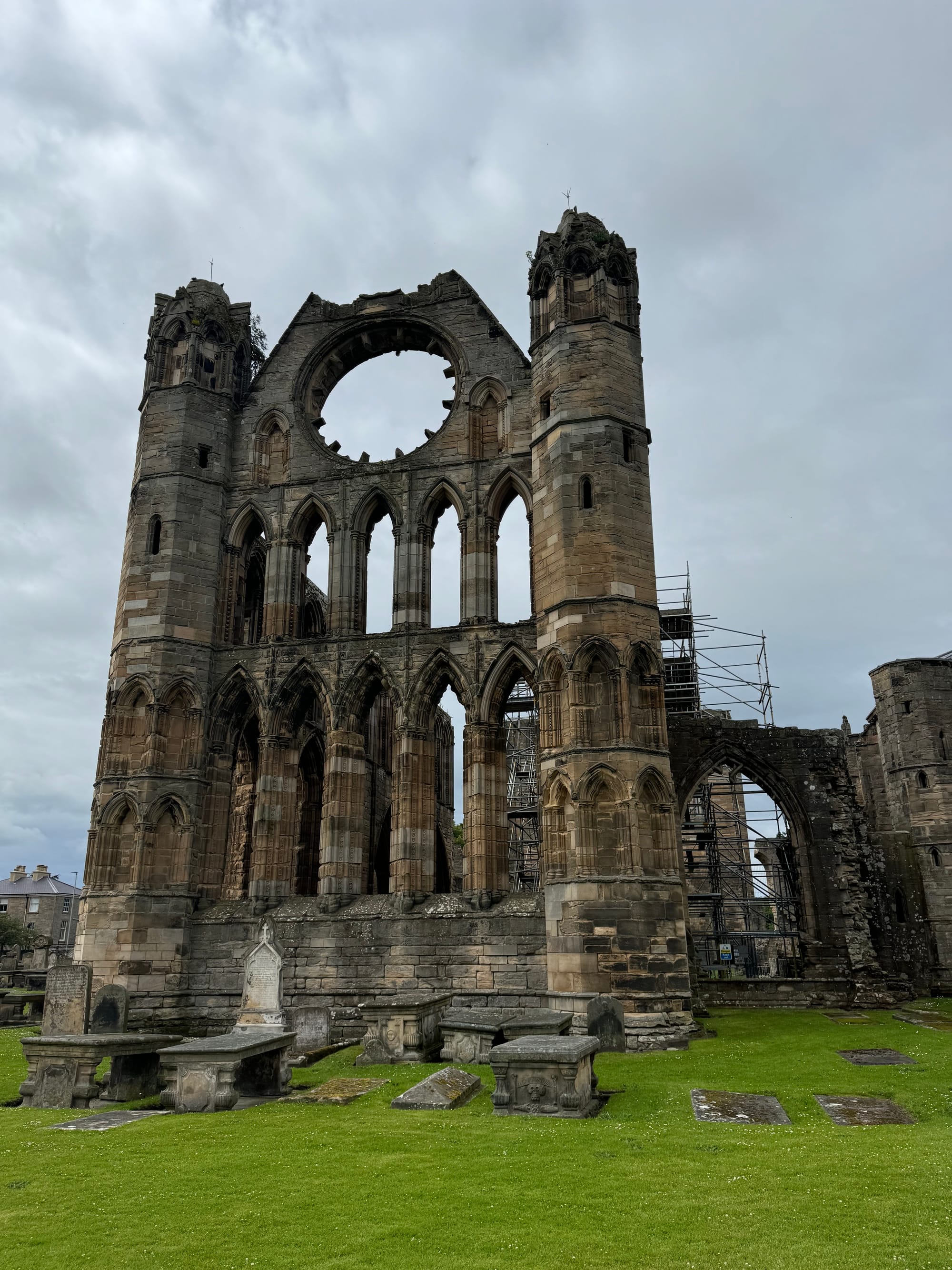

From there we headed to Spynie Palace, which is also located in Elgin. For 500 years Spynie Palace was the seat of the bishops of Moray. During that time, the palace stood on the edge of Spynie Loch, a sea loch with safe anchorage for fishing boats and merchant vessels. Today, nothing remains of either sea loch or medieval settlement. But the impressive ruin of Spynie Palace is the largest surviving medieval bishop’s house in Scotland.



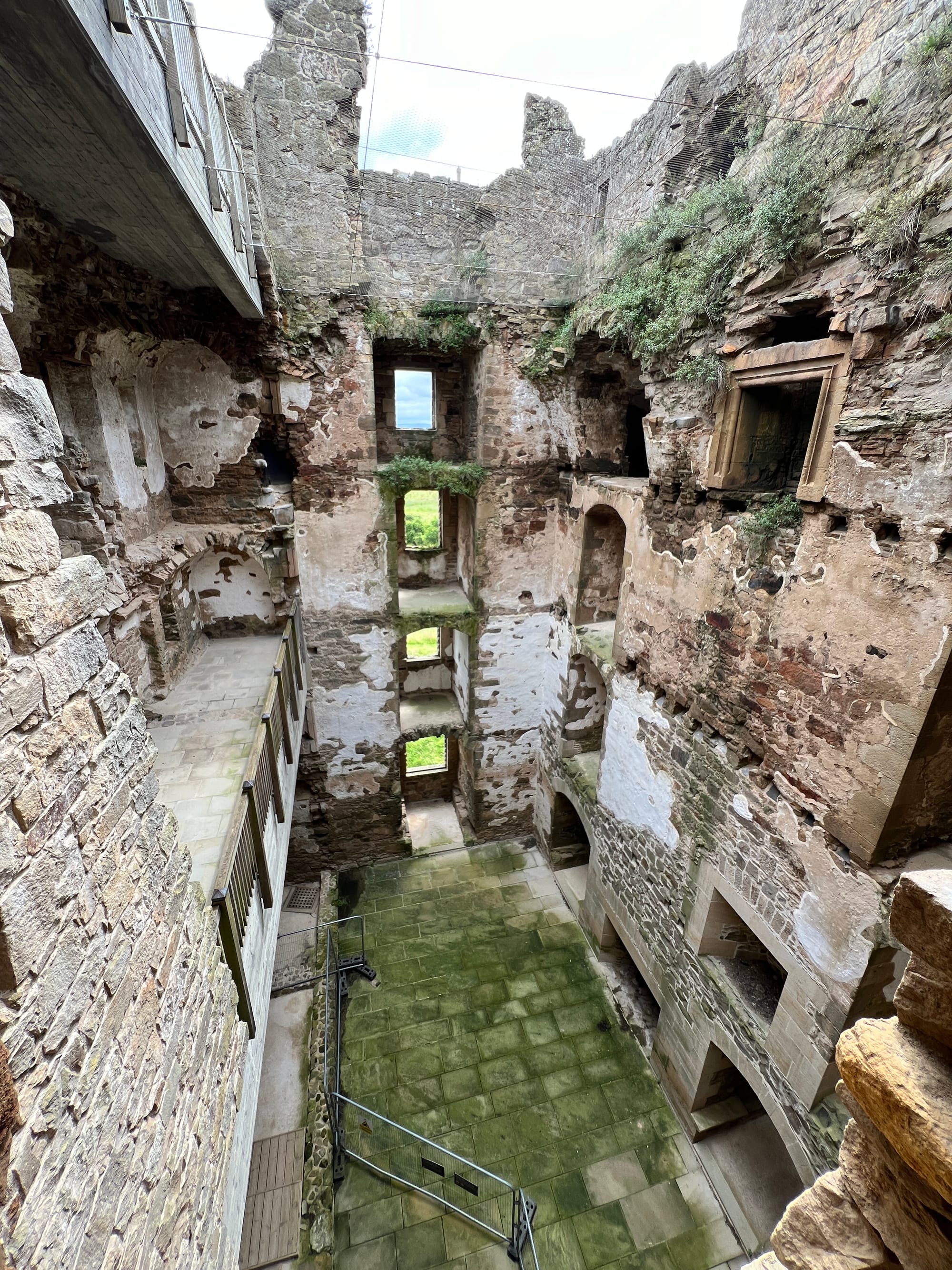

Next on our list was Duffus Castle, also located in Elgin, which was the stronghold of the Moray family, one of Scotland’s finest motte and bailey castles.
Mottes were common in Scotland in the 1100s and 1200s, before they were replaced by stone castles. They were fortifications, usually consisting of a wood and built on top of an artificial earthwork mound. Some also had an enclosed courtyard or bailey, containing additional wooden buildings, protected by a ditch and palisade.
Duffus Castle was a fortress–residence for more than 500 years, from the 1100s to the 1700s. The stone castle that is there today was built in the 1300s, replacing an earlier timber fortress. The earthwork mound could not support the weight of the new stone castle so parts of the castle slid down the hill.






We ended our day at the Culloden Battlefield where the 1745 Jacobite Rising came to a tragic end. The museum did a great job at walking through the events that lead up to the battle, giving perspectives from both sides. Although a short battle by European standards, it was an exceptionally bloody one that changed life in the Highlands forever.
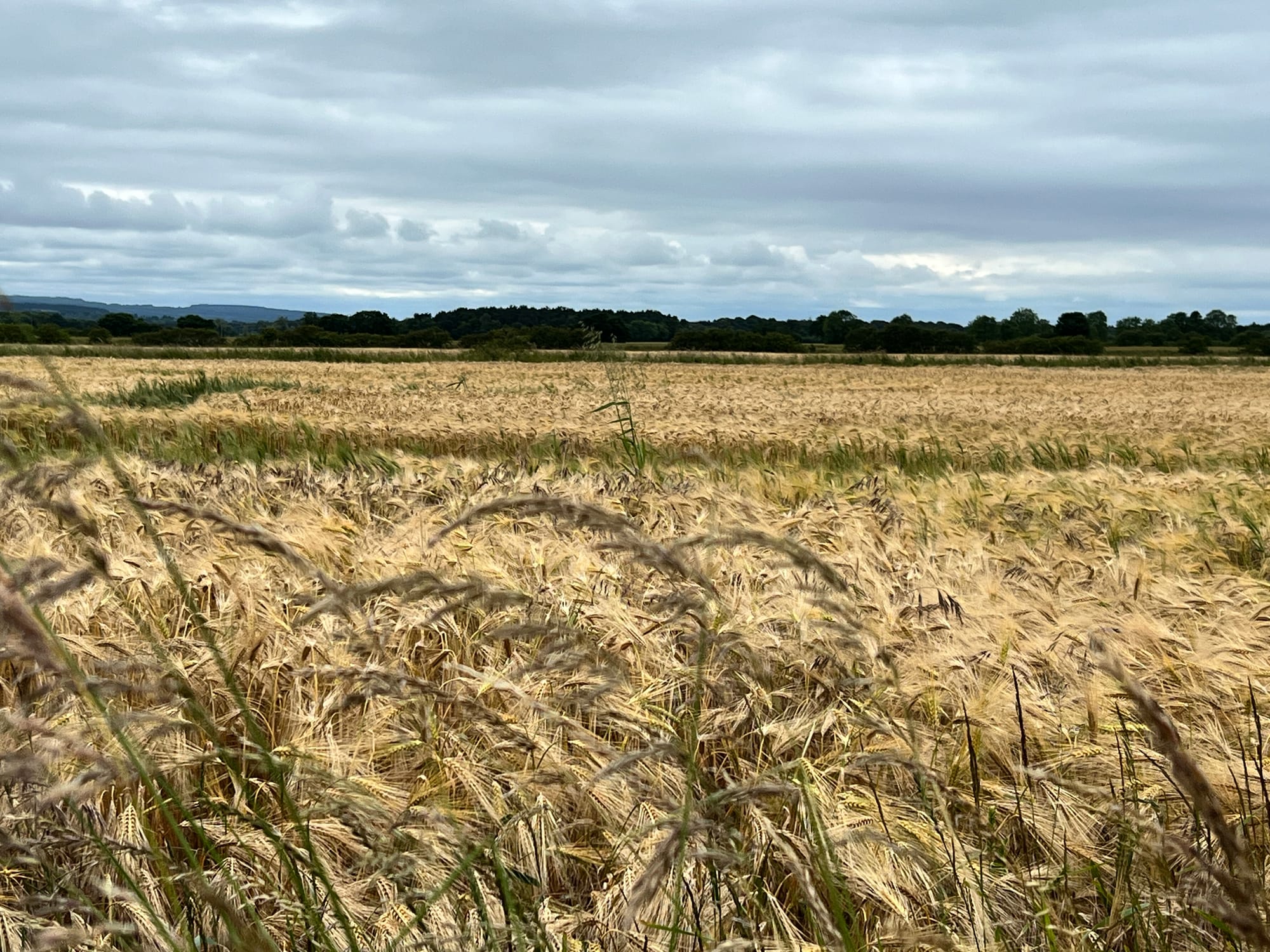


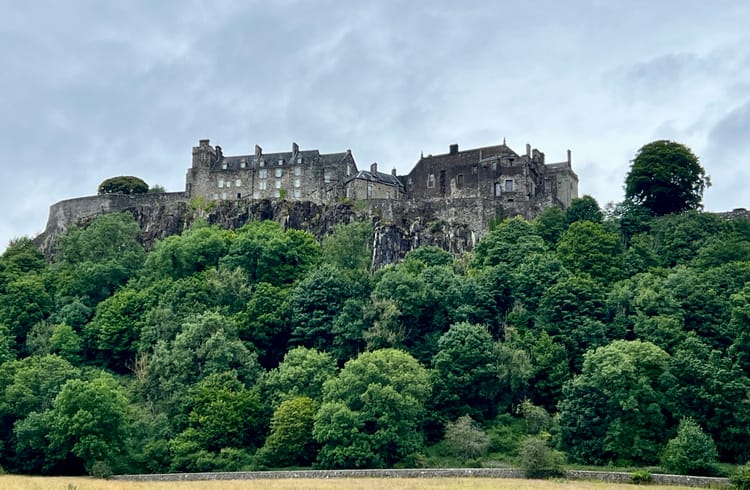
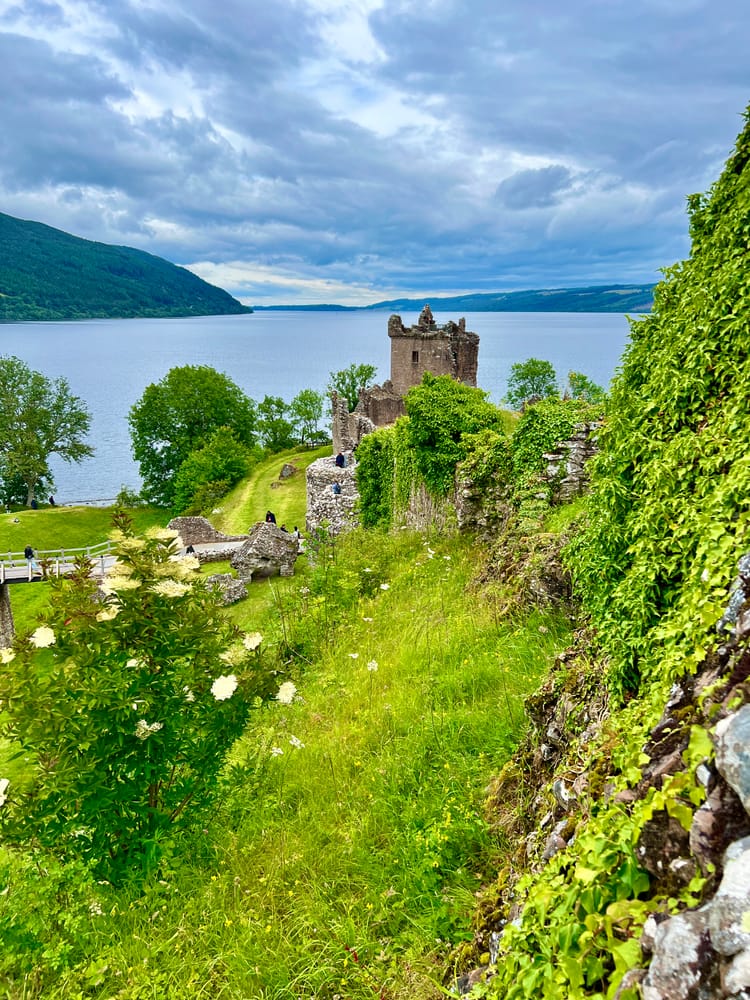

Member discussion